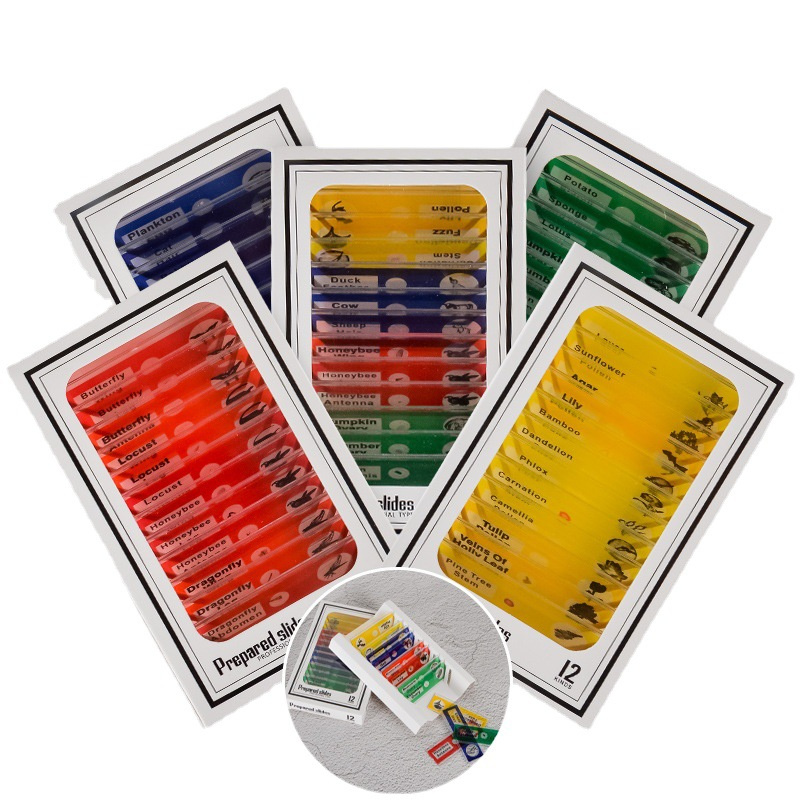January 24, 2024 By Jim Hammerand Leave a Comment
Restor3d uses metal and polymer 3D printing for orthopedic implants, anatomical models and surgical tools and guides. [Photo courtesy of Formlabs] Cpr Mannequin

3D printing is already used to manufacture orthopedic implants and tools by device developers as large as Stryker — the world’s biggest orthopedics manufacturer — and startups like Restor3d.
A few key innovations in 3D printing materials will enable even better orthopedic devices in the future.
And it’s not a matter of if, but when, said Restor3d SVP of Product Development Nathan Evans, who identified three next-generation materials advances he’s looking forward to for 3D printing orthopedics.
“I think they’re all going to happen,” he said in an interview with Medical Design & Outsourcing. “It’s just: Is it going to happen in 5 years or 15 years?”
Biodegradable material is a hot topic in orthopedics that may have faded a bit since interest peaked about a decade ago.
“We get a lot of surgeons that say, ‘Wouldn’t it be so cool if you could print a biodegradable?'” Evans said.
Particularly in soft tissue repair — ligaments, tendons, etc. — biodegradable materials could allow an implant to be absorbed by the body after that soft tissue has healed.
Drug-eluting or drug-delivering materials could enable composites or 3D-printed material to utilize antibiotics to prevent infections or oncology drugs to fight cancer.
Researchers at startups like FabRx are developing 3D printing technology for pharmaceuticals. Fabrx sells equipment that can 3D print personalized medicines, allowing for custom shapes, textures and flavors, or combine multiple medications into a single pill.
But developing materials for 3D-printed orthopedic implants that can elute or deliver drugs locally is another matter. Challenges include limitations of current 3D printing technology, finding a sterilization method for devices that won’t inactivate the drug, and regulatory hurdles (more on that below).
Restor3d SVP of Product Development Nathan Evans [Photo courtesy of Restor3d]
“There are very, very few 3D-printed polymers for long-term implantables,” Evans said. “There are some — PEEK is one that people have done a few things with on printed implantables.”
3D printing orthopedic implants with polymers would retain some of the benefits of 3D printing orthopedic implants with metal, such as surface porosity and patient-specific customization.
But polymers might offer advantages over metal for implantable devices. One such advantage is the relative reduction in imaging artifacts from polymers compared to metals. Another is that polymers are less stiff than metals, which is a factor in stress shielding.
“When [a metal] implant takes all the load because it’s so strong, the bone around it actually resorbs because it’s no longer under loading,” Evans said. “But a polymer more closely matches the strength and the modulus or the stiffness of the native bone, so you get better co-sharing of load. There’s some data out there that says for certain applications, polymer may be actually better.”
What’s new in 3D printing: medical devices, research, innovation, automation and partnerships
You must be logged in to post a comment.
Subscribe to Medical Design & Outsourcing. Bookmark, share and interact with the leading medical design engineering magazine today.
DeviceTalks is a conversation among medical technology leaders. It's events, podcasts, webinars and one-on-one exchanges of ideas & insights.
The Medical Device Business Journal. MassDevice is the leading medical device news business journal telling the stories of the devices that save lives.

Teaching Models Copyright © 2024 WTWH Media, LLC. All Rights Reserved. The material on this site may not be reproduced, distributed, transmitted, cached or otherwise used, except with the prior written permission of WTWH Media LLC. Site Map | Privacy Policy | RSS